Fresh research highlights the significance of groundwater in a global context. Dive into the findings of this series of publications of transboundary aquifers between Mexico and the United States edited by Sharon B. Megdal and Anne-Marie Matherne.
Water has emerged as a precious resource, increasingly scarce, making the understanding and management of groundwater, especially at borders, all the more crucial. This is why researchers Sharon B. Megdal and Anne-Marie Matherne delve deep into a thorough exploration of underground aquifer systems, particularly in cross-border regions where international cooperation is pivotal.
The academic collection series is titled: Advances in Transboundary Aquifer Assessment
The Rising Importance of Groundwater
The editors argue that groundwater has firmly established itself as a vital resource to meet the growing water demands globally, especially in emerging and developing areas. However, it’s essential to characterize these aquifer systems concerning geology, quality, quantity, and sustainability of groundwater. Through this, we can grasp not only the physical implications but also the socioeconomic impacts of its use.
Cooperation in Cross-Border Contexts
A particularly intriguing section of the research paper is the evaluation of aquifers in a cross-border setting. Here, collaboration across multiple jurisdictions, often with different languages and cultures, is crucial. A prime example is the shared border between Mexico and the United States, a region that ranges from semi-arid to arid and grapples with significant population growth and changing climate conditions.
Approaches and Discoveries in the Special Edition
This special edition introduces various studies on cross-border aquifers. The papers span a wide range of research on complex physical aquifer systems and related institutional contexts. Some of the key topics include:
1. Identification and prioritization of needs and strategies for the sustainable development and use of groundwater.
2. Characterizing the physical framework of the aquifer, its stressors, and how they impact the availability of groundwater in terms of quantity and quality.
3. Integrating feedback and priorities from stakeholders directly into the aquifer evaluation and modeling process.
An Invitation to the Community
We hope this collection of diverse articles provides valuable insights and spurs further research contributing to a deeper understanding of groundwater and aquifer systems. We invite the community to immerse themselves in this academic paper, co-authored by Dr. Sharon B. Megdal, a prominent member of the Permanent Forum of Binational Waters and Dr. Anne-Marie Matherne, leader of the Water Office at USGS and the Transboundary Aquifer Assessment Program. We continue to unearth and share the wealth of scientific information and encourage the binational populace to join the conversation on sustainably managing one of our most precious resources.

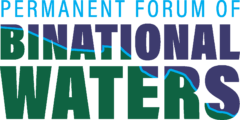
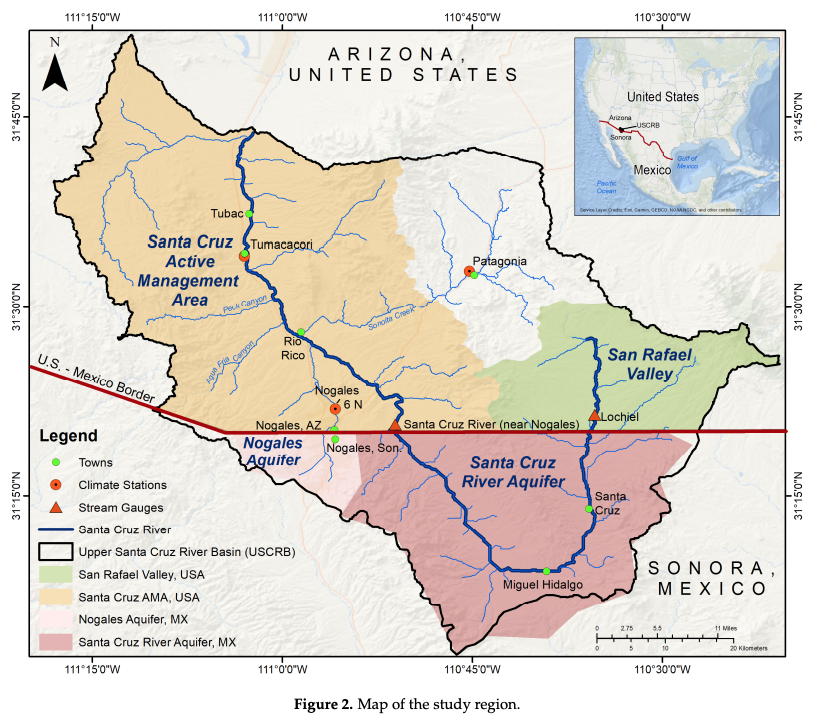

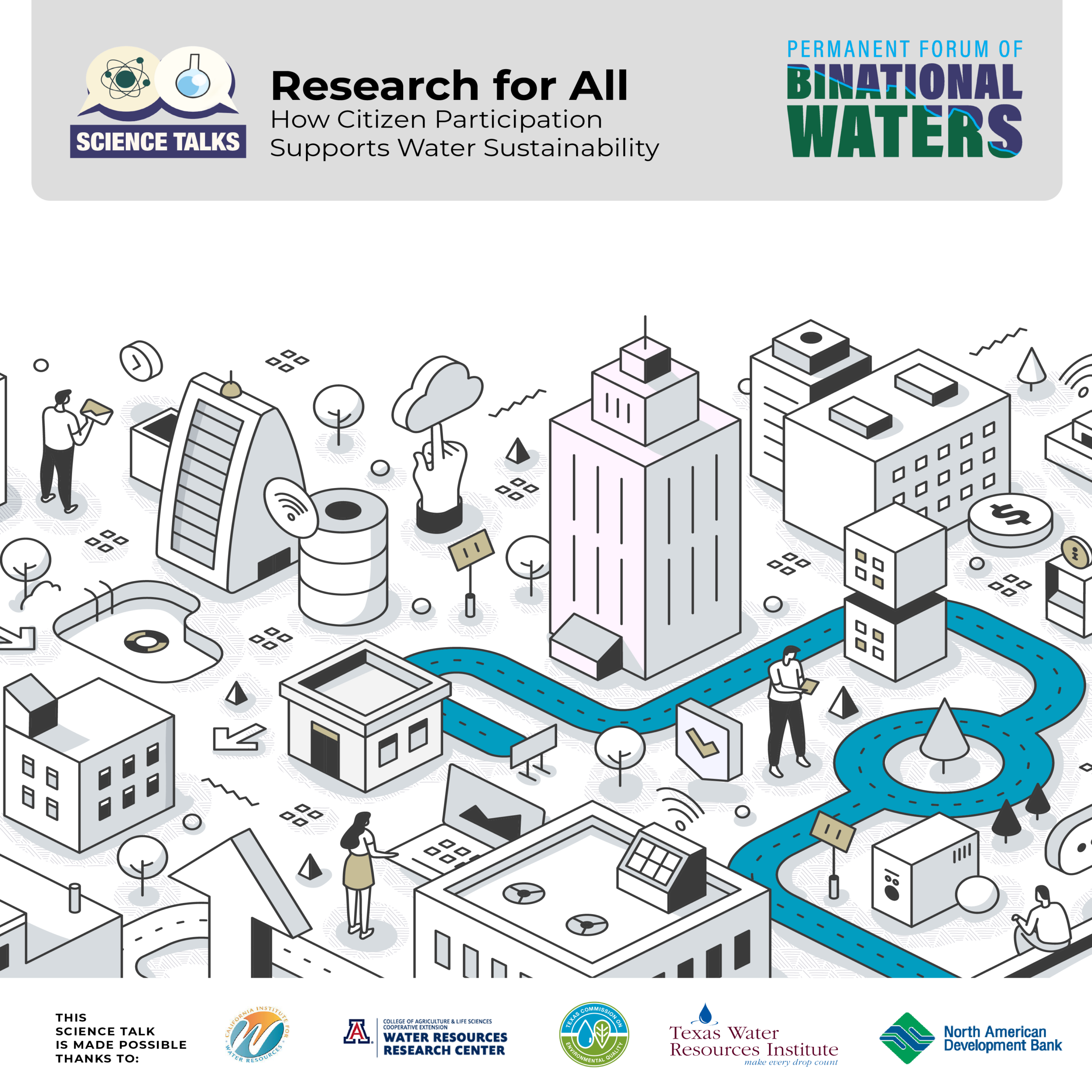
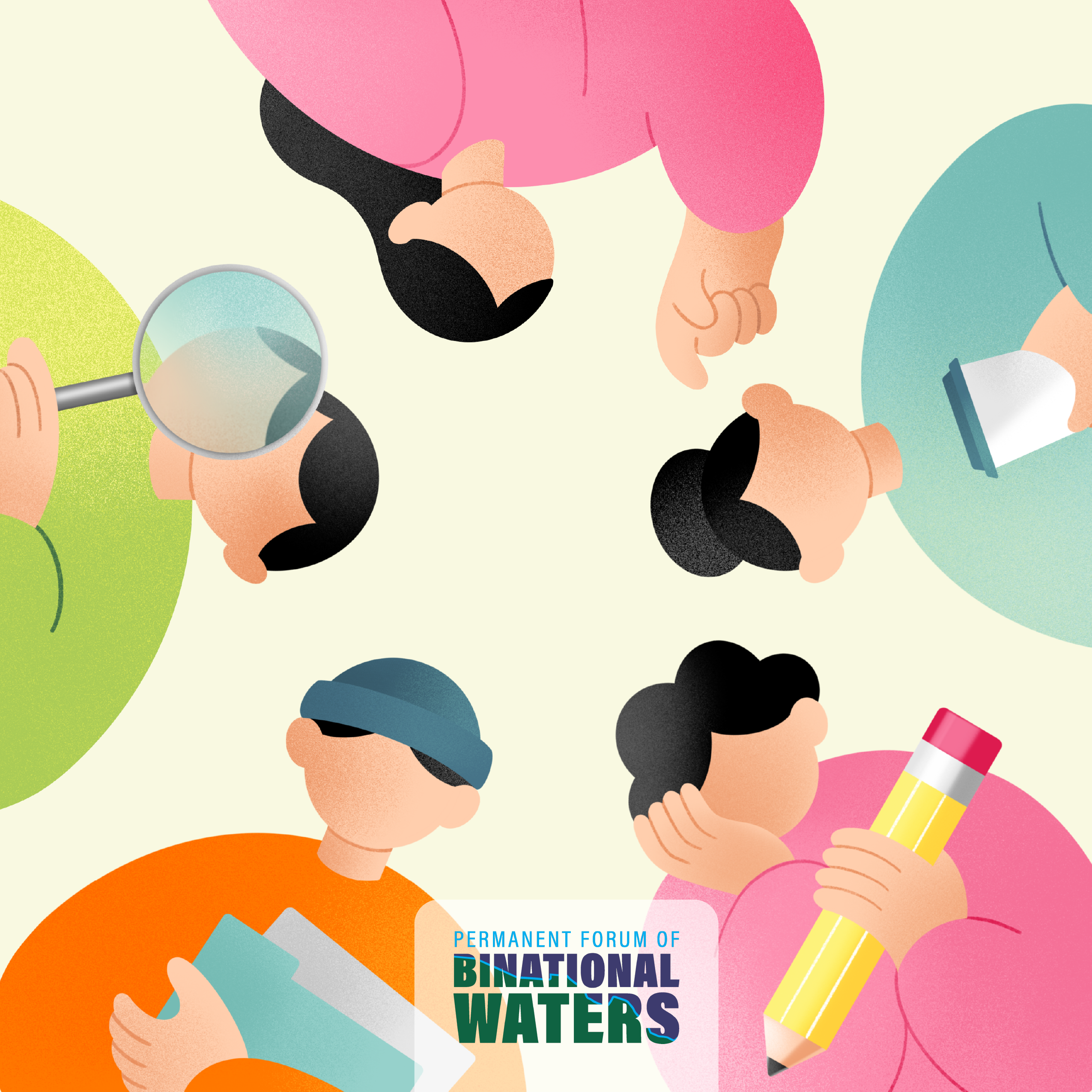
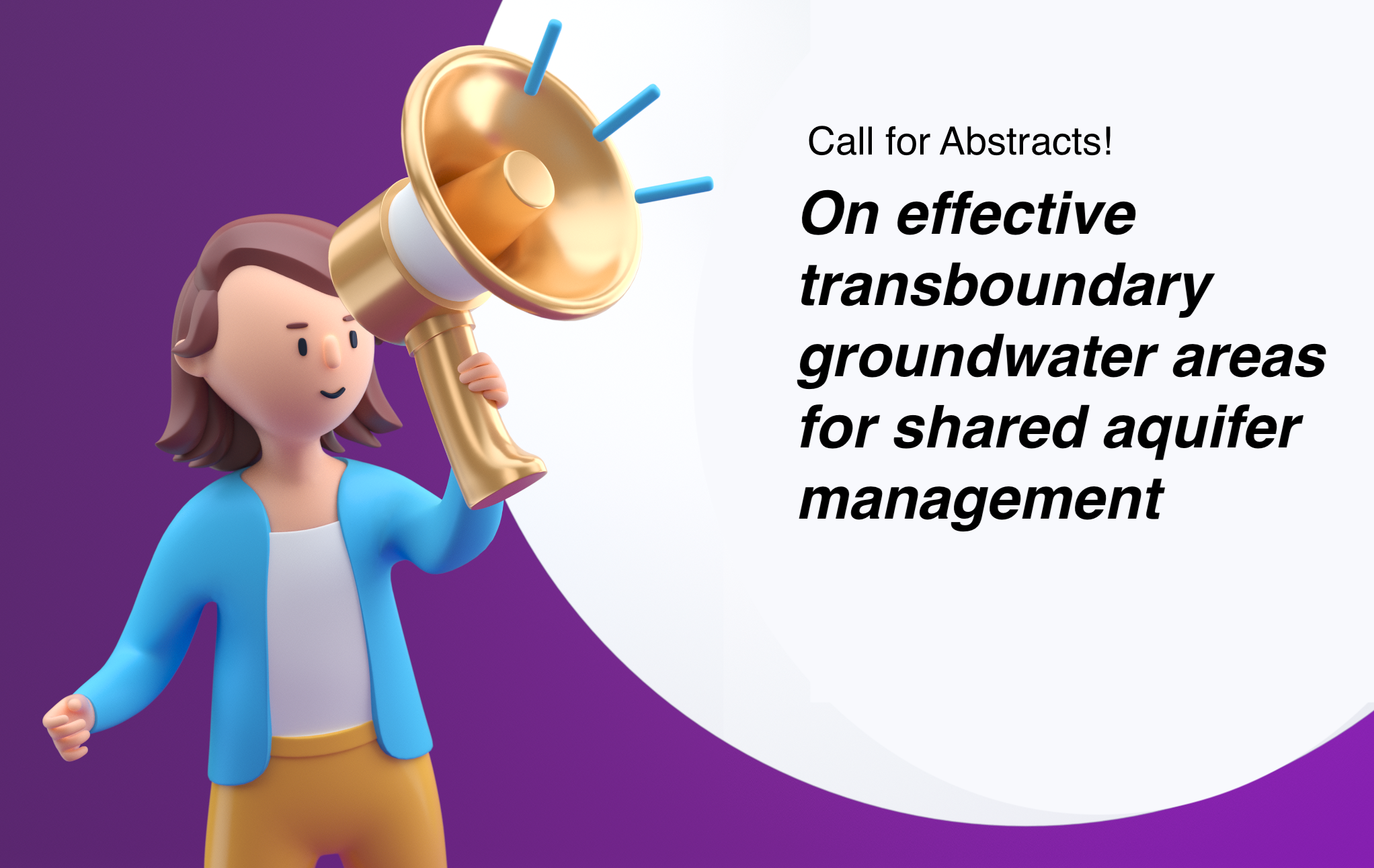
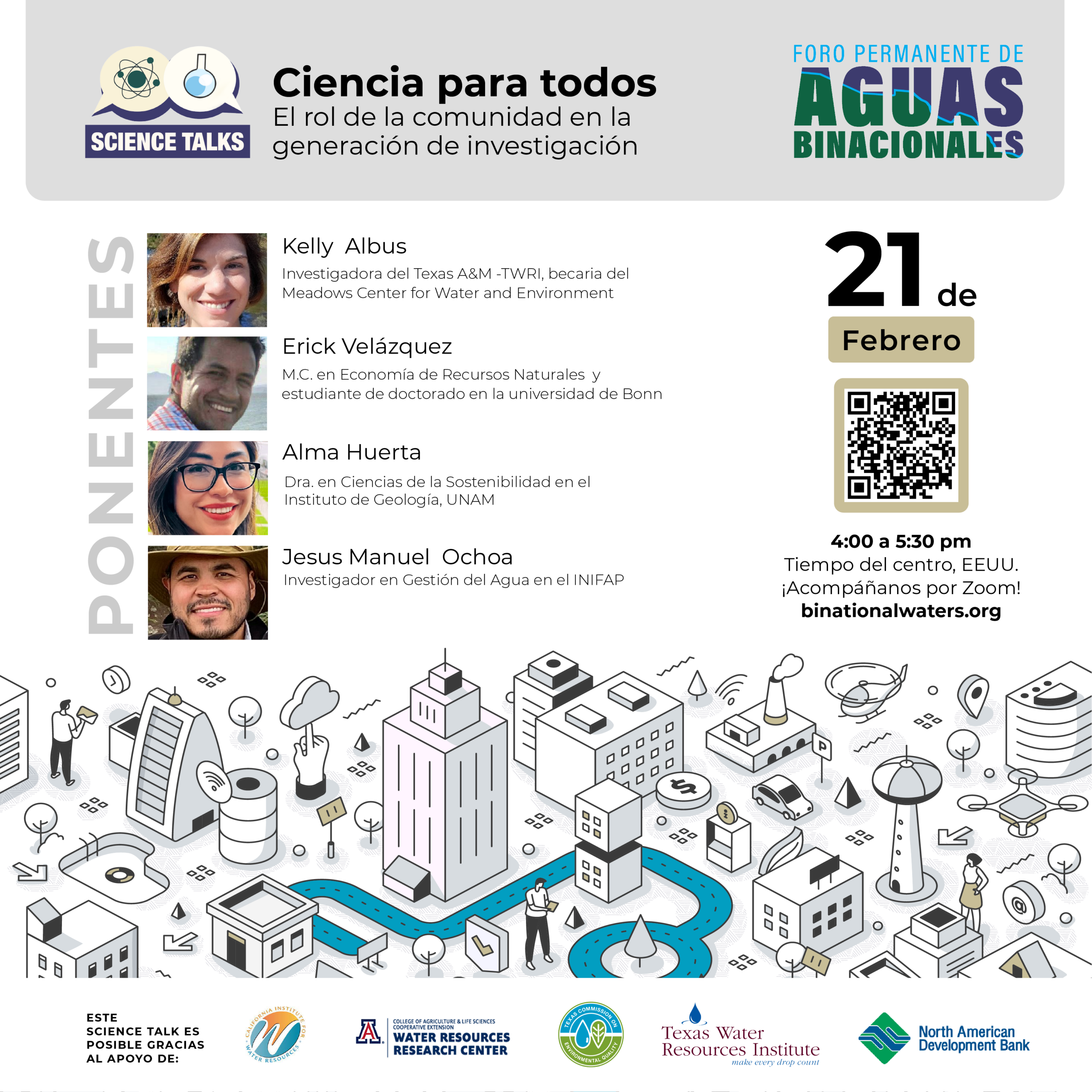
Responses